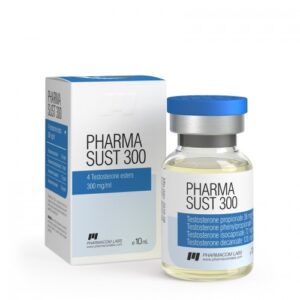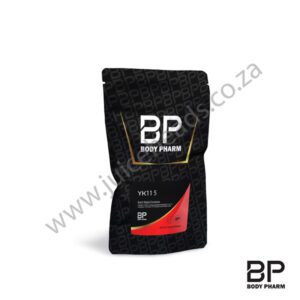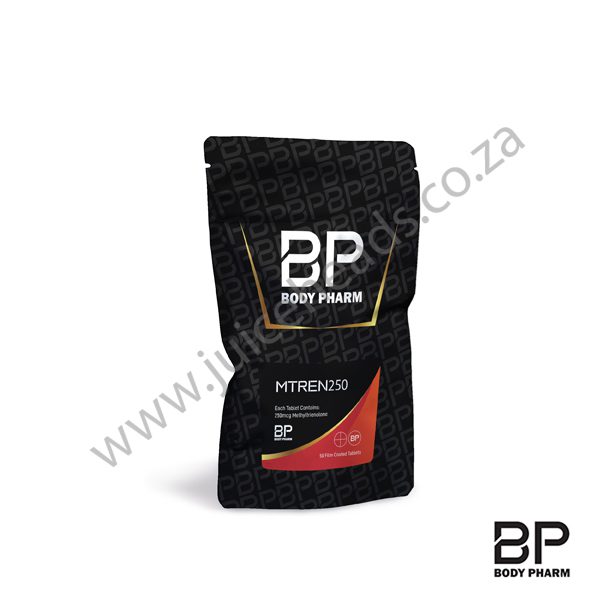Methyltrienolone is essentially the same compound as trenbolone that has gone under 17 alpha alkylation so that it can remain active after oral administration. So in a basic sense, methyltrienolone offers all of the advantages of trenbolone with the added bonus of being orally active. However, that extra benefit comes with a hefty price when it comes to hepatoxicity as will be demonstrated below.
Like trenbolone methyltrienolone has an extremely strong binding affinity for the androgen receptor as well, even surpassing that of testosterone. This of course supports the assertion that trenbolone is extremely anabolic as by binding to the androgen receptor a compound is able to activate the anabolic mechanisms that are dependent upon the androgen receptor, one of the many ways that anabolic steroids aid muscle growth. Androgen receptors also exist in adipose tissue. When stimulated by way of a compound such as methyltrienolone binding to them, this can result in a higher then normal lipolytic action.
So not only does this drug help to build muscle, it can help to burn fat.
Another rather unique characteristic of methyltrienolone is its anti-catabolic abilities. Methyltrienolone binds with the receptors that interact with glucocorticoid hormones, these being catabolic hormones. By being able to inhibit cortisol and some other catabolic hormones in the body methyltrienolone is ideal for those users that are attempting to reduce body fat as the compound will help to minimize muscle wasting when running a calorie deficit.
Dosages for men are usually 250-500mcg daily ideally split in two equal doses. These recommendations are usually never exceeded due to the harsh side effects of this compound.
| Brand | Body Pharm |
|---|





